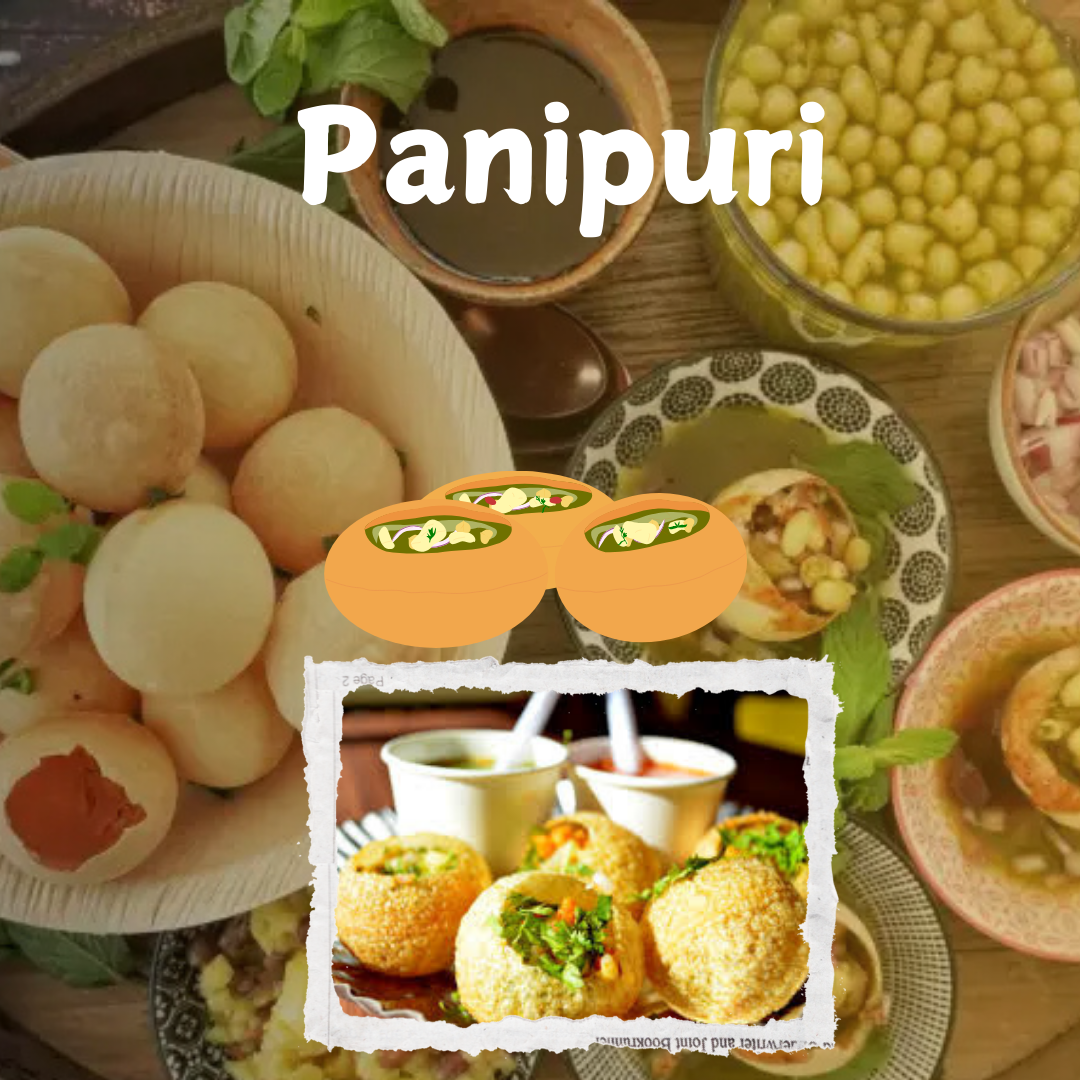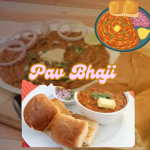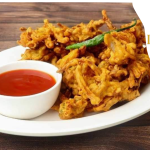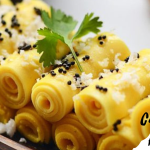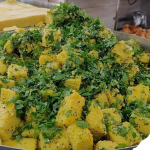Panipuri, also known as golgappa, puchka, or gupchup depending on the location, is a roadside delicacy that millions of Indians like (and want). This delectable snack provides a symphony of tastes and textures – firm, tangy, spicy, and revitalizing all at once. Panipuri never fails to satisfy, whether you like crunch or a tart kick. But have you ever considered what makes this simple road nutrition so effective? Let’s jump into the world of Panipuri provides a rush and investigate its magic!
The History Behind Panipuri: Where It All Began
Like numerous famous dishes, Panipuri’s beginnings are covered in riddle and legend. A few say it dates back to antiquated Magadha (modern-day Bihar), where little fricasseed batter balls were to begin with utilized in illustrious kitchens. Over time, the formula advanced, traveled over locales, and changed into what we presently know as Panipuri. Its flexibility and effortlessness permitted it to pick up ubiquity in each corner of India.
The Distinctive Names of Panipuri Over India
One of the interesting things around Panipuri provides a rush is how it goes by different names over the nation. If you’re in North India, it’s likely you’ll call it Golgappa, whereas in Maharashtra, it’s affectionately known as Panipuri. Head east, and you’ll discover Bengalis savoring Puchkas, and in Odisha, it’s alluded to as Gupchup. In spite of the diverse names and slight varieties in flavor, the pith remains the same — a crunchy shell filled with hot, tart water.
What Makes Panipuri So Addictive?
Ever pondered why you fair can’t halt at one? The reply lies in the idealize adjust of flavors and surfaces. The firm puri smashs in your mouth, discharging a burst of chilled, tart water that shivers your taste buds. The stuffing — as a rule made from bubbled potatoes, chickpeas, and tamarind chutney — includes a generous component to this something else light nibble. It’s this transaction of crunchy, zesty, and tart that keeps you coming back for more.
The Craftsmanship of Making the Idealize Panipuri
Creating the idealize Panipuri is no less than an craftsmanship. It begins with making the puris, which require to be light, breezy, and super firm. They are made from a mixture of semolina and flour, rolled out daintily, and deep-fried until brilliant brown. The following pivotal component is the pani, or flavored water. Regularly, it’s made utilizing tamarind, mint, coriander, green chilies, and a mix of flavors to make that signature tangy-spicy flavor.
Of course, the stuffing changes by locale. Whereas potato and chickpeas are the most common, a few locales moreover utilize grows or zesty squashed peas.
Regional Varieties of Panipuri
While the center concept remains the same, Panipuri has territorial turns that make it interesting in distinctive parts of India. Here are a few prevalent variations:
Golgappa (North India): Known for its hot pani made with tamarind and dark salt.
Puchka (Bengal): Puchkas utilize spiced pounded potatoes and tamarind mash for an additional tart flavor.
Gupchup (Odisha & Jharkhand): Comparable to golgappa but regularly served with a somewhat sweeter pani.
Pakodi (Gujarat): Employments a blend of moong dal and potatoes, with a tangy-sweet chutney.
Pani Ke Patashe (Madhya Pradesh): Known for the strongly spiciness of its flavored water.
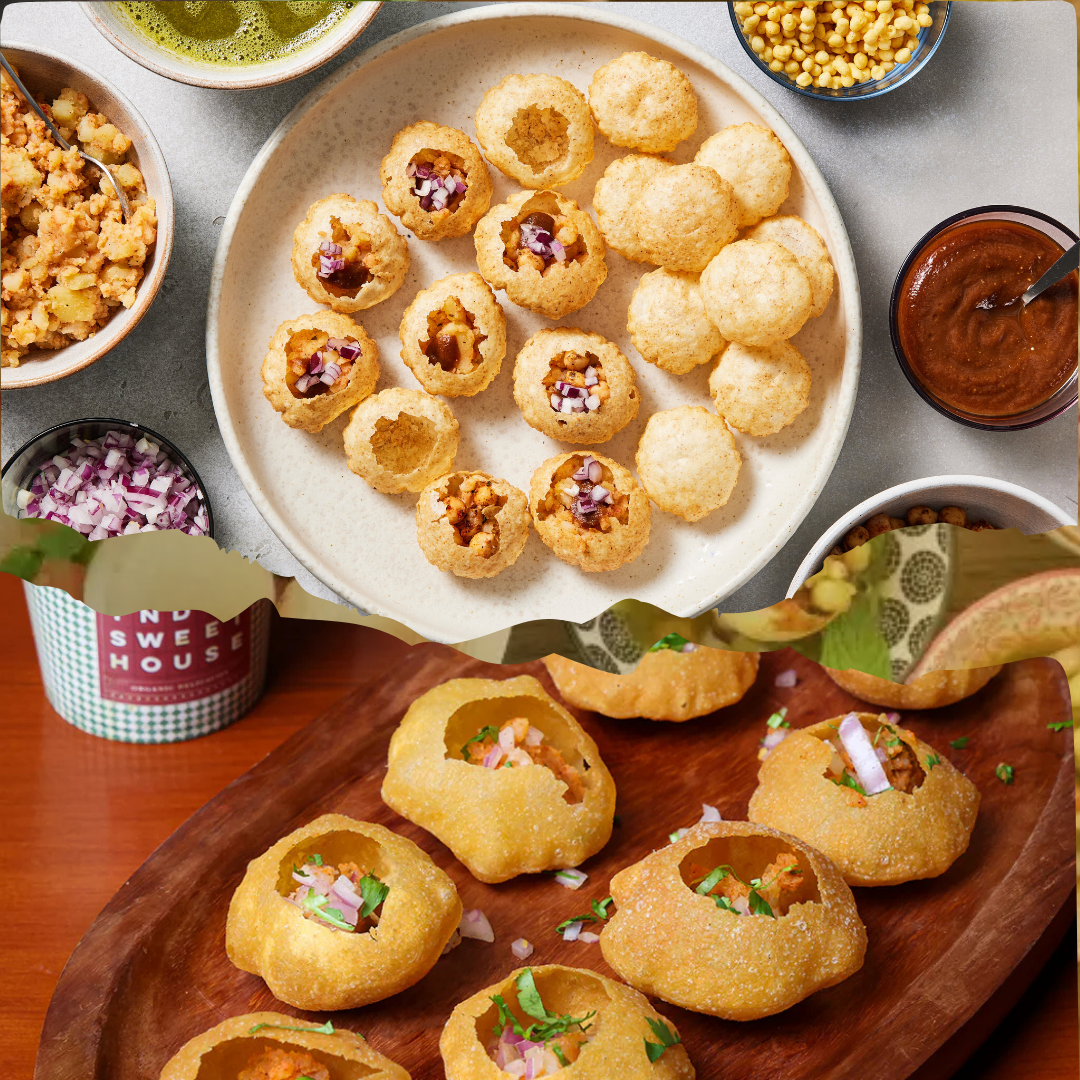
Healthier Choices for Panipuri Lovers
Craving Panipuri but stressed almost cleanliness or calories? Don’t stress; you can effectively make a more advantageous form at domestic. Attempt heating the puris instep of deep-frying them or select for entire wheat flour instep of refined flour. For the stuffing, supplant potatoes with bubbled moong grows or chickpeas for included protein.
You can moreover test with the pani by lessening the sum of salt and utilizing new mint and coriander takes off for flavor. This way, you can appreciate your favorite nibble guilt-free!
How to Serve Panipuri Like a Pro
Serving Panipuri isn’t fair approximately setting the components on the table. It’s approximately making an encounter. Here’s how you can do it:
Set up a Panipuri station: Organize puris, stuffing, and flavored water in partitioned bowls.
Customize the zest level: Offer two sorts of pani — one mellow and one spicy.
Add a sweet bend: Keep a few sweet tamarind chutney on the side for those who incline toward a indicate of sweetness.
Provide little serving bowls: Provide each visitor a little bowl to hold the flavored water.
This setup not as it were makes it helpful but too includes an component of fun, letting everybody customize their Panipuri.
Panipuri Eating Competitions: A Fun Tradition
If you’ve ever been to a Panipuri provides a rush eating competition, you know it’s genuine trade! These challenges are common at fairs, college fests, and indeed weddings. The objective? Eat as numerous Panipuris as you can without spilling the water or abating down. It’s a test of speed, continuance, and adore for this famous snack.
Fun Actualities Almost Panipuri
The Guinness World Record for eating the most Panipuris in one diminutive is held by an Indian who ate 51 puris!
Panipuri is considered a awesome icebreaker amid social social occasions. Who can stand up to holding over shared plates of this adored snack?
Some present day forms indeed incorporate vodka pani for an grown-up bend on the classic!
Read More: A Idealize Day Out: Family Fun at Tirupati Rushivan in Himmatnagar
Why Panipuri Merits Its Fame
Panipuri provides a rush isn’t fair a nibble; it’s an feeling. It’s what draws friends together after a hard day, sparks laughter among street vendors, and satisfies nocturnal cravings. It transcends national boundaries, bringing individuals together through its all-inclusive service. Panipuri is an age-old favorite due to its ease of preparation and robust tastes.

